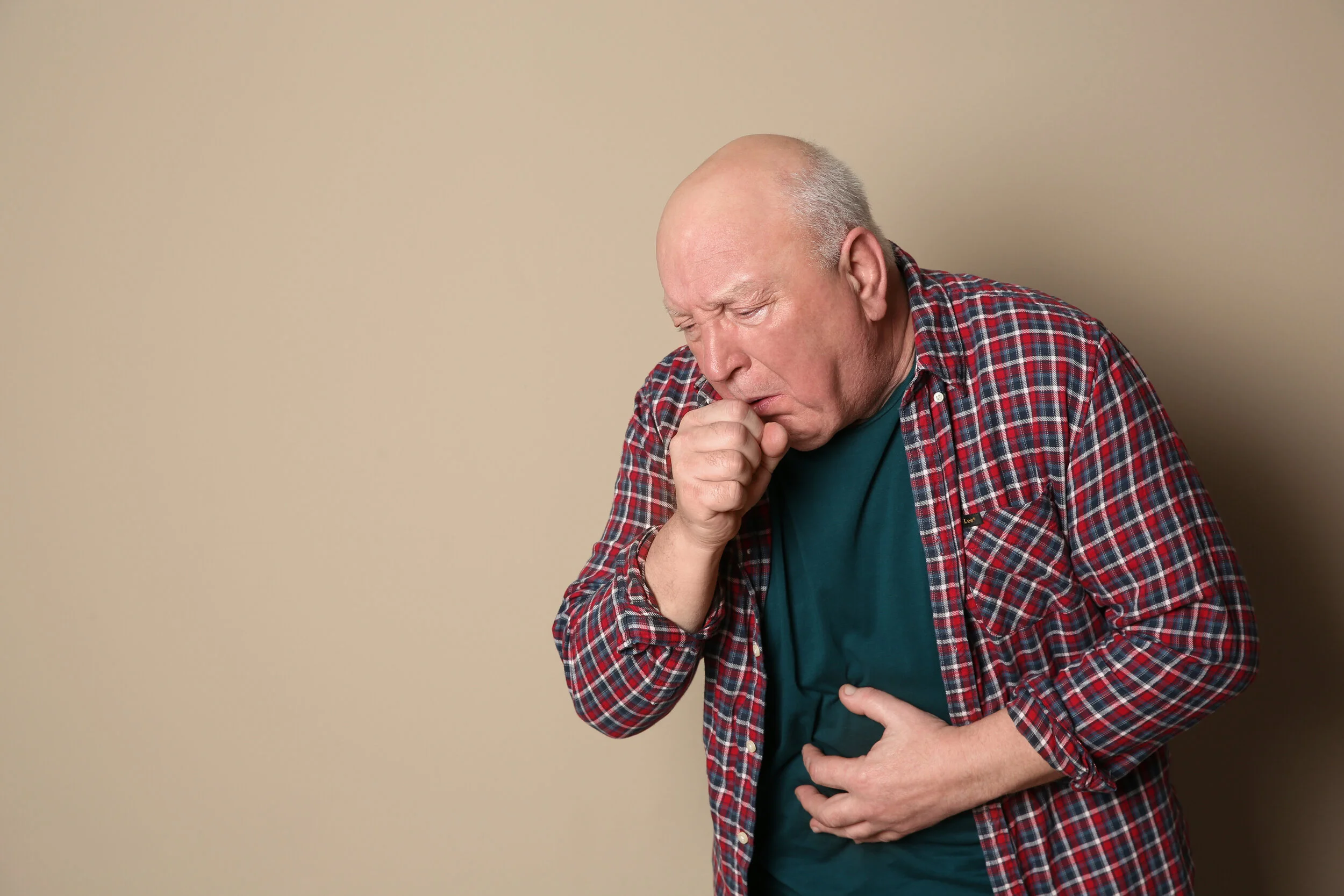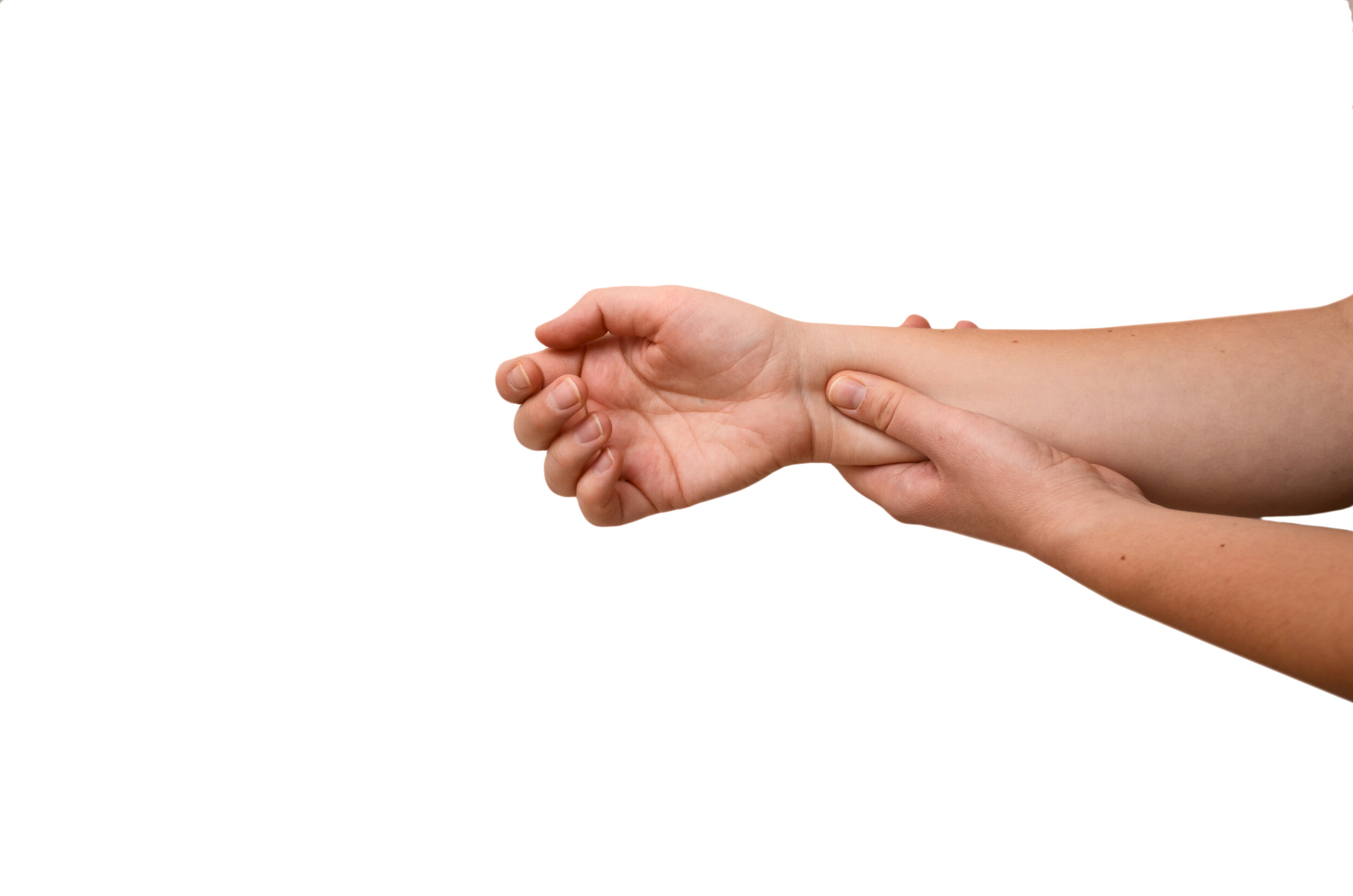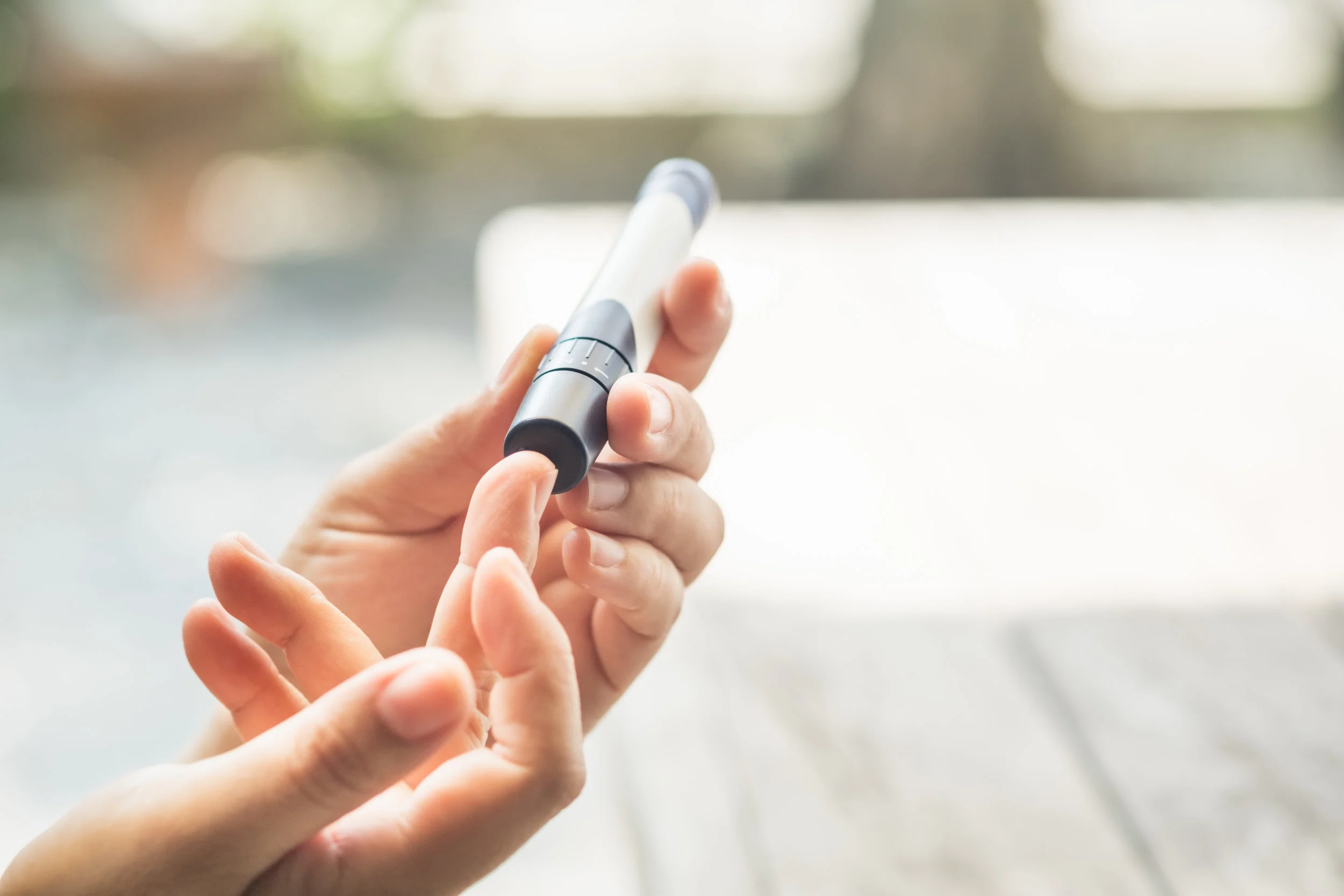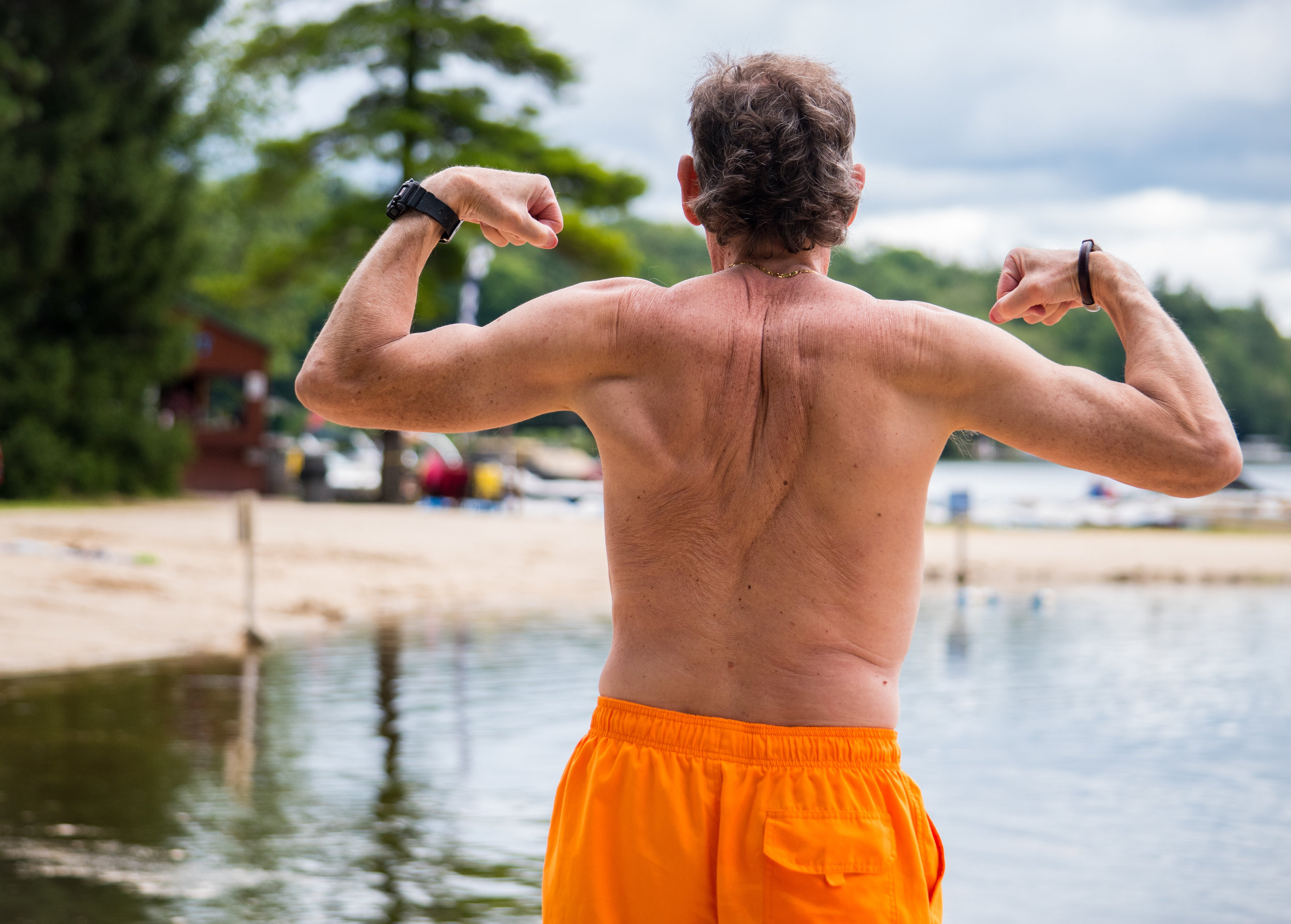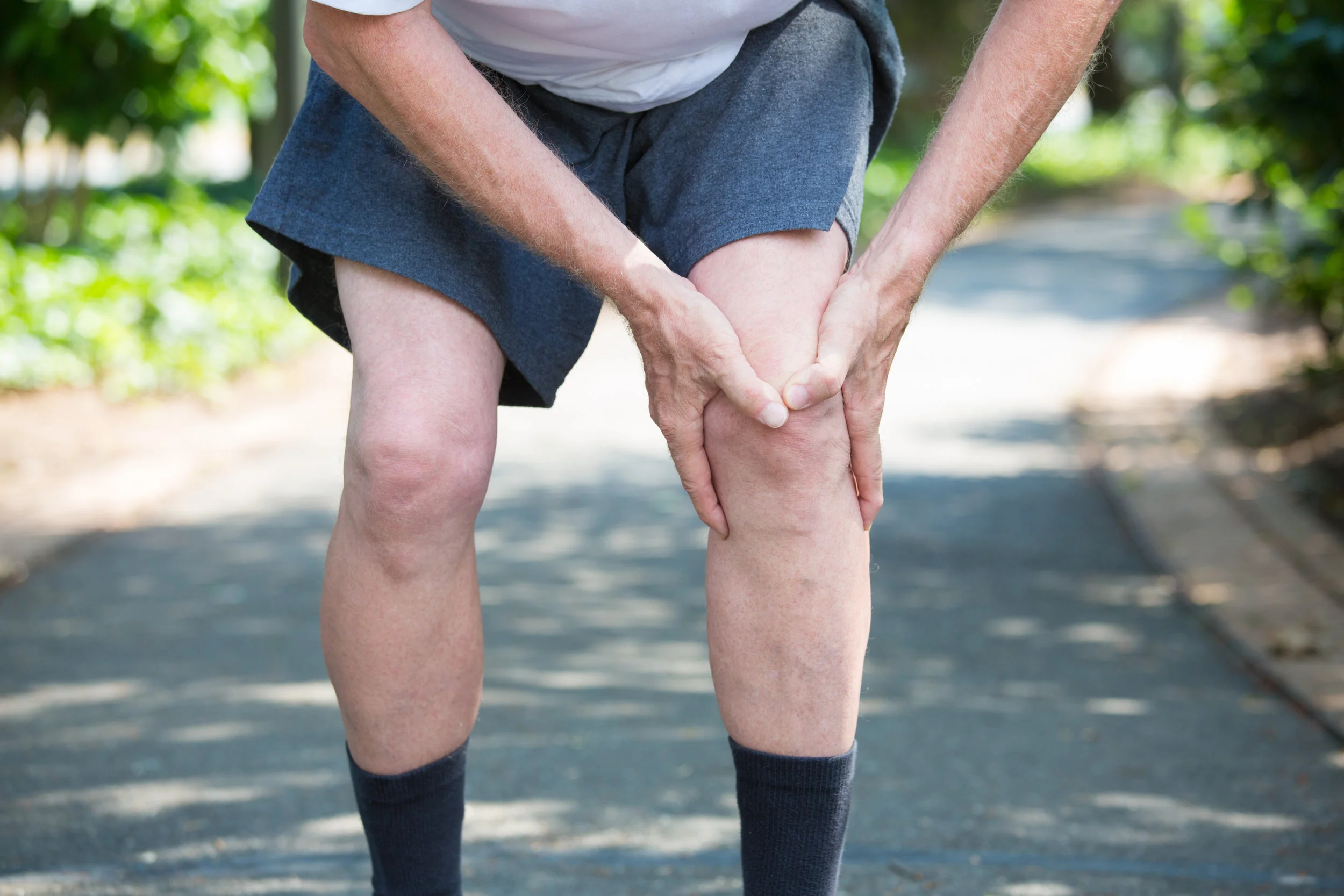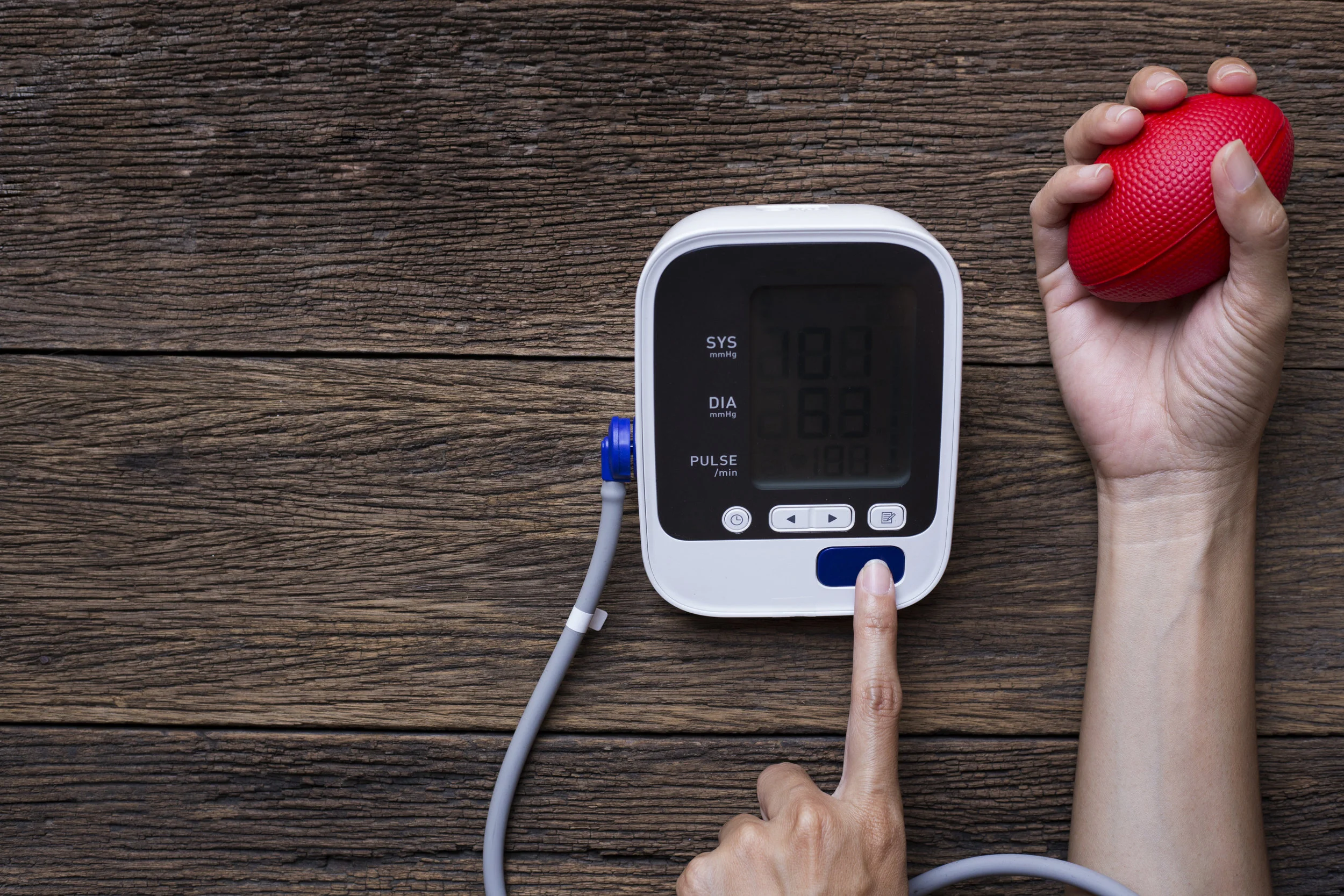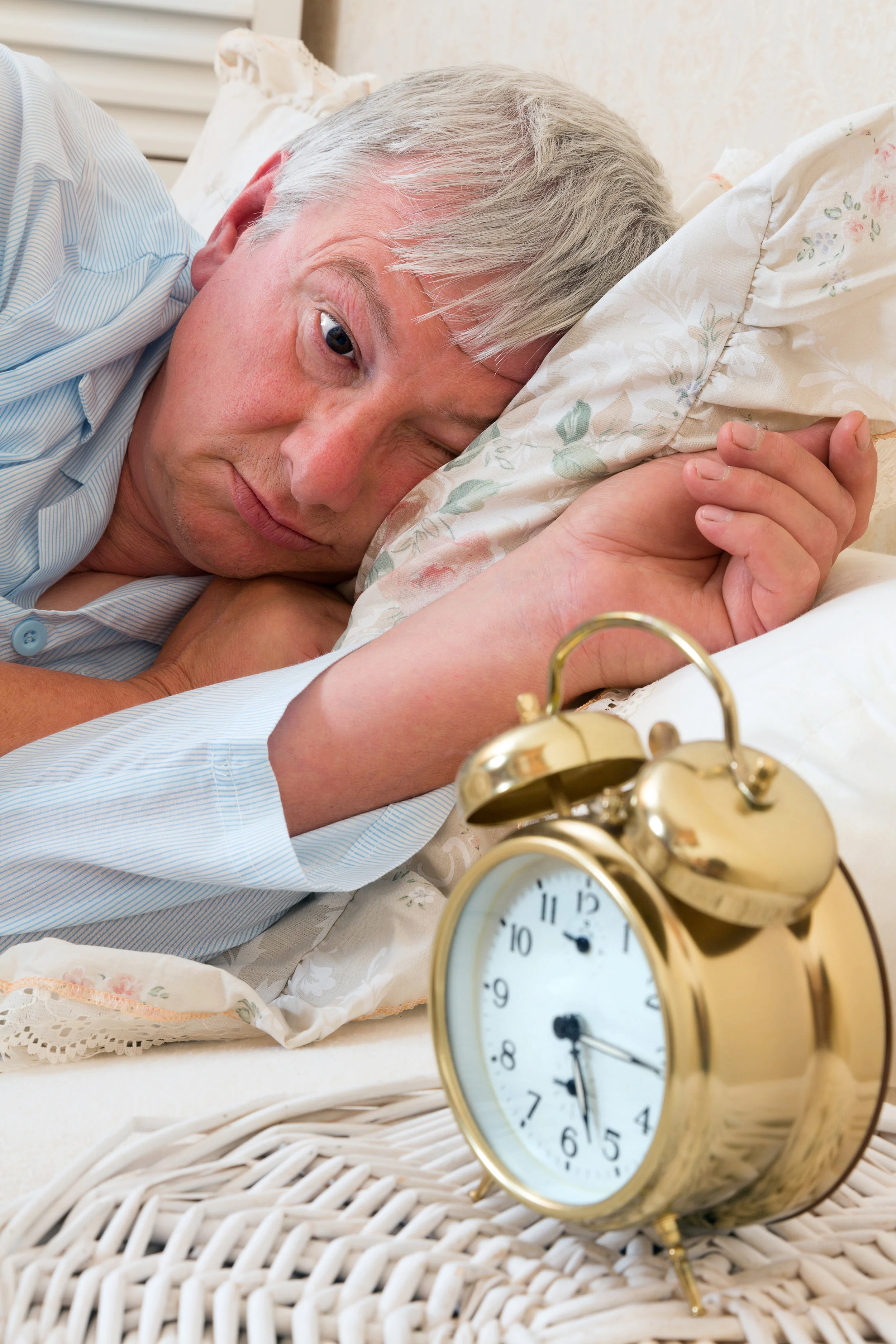Did you know that after 8 weeks of exercise participants with dust disease in the study had improved their aerobic capacity and quality of life. This meant they were able to walk for longer without getting as effected by shortness of breath.
The workplace injury trap
Thousands of people every year hurt their backs at work. Whether it’s through lifting something, a slip or fall, motor vehicle accident or being involved in a traumatic event. More often than not the back can return to it’s pre-injury state, but in some cases pain can persist for months and even years. A large amount of research into chronic pain reveals there are a lot of factors that contribute to pain. Believe it or not, but being injured at work actually makes it more likely that pain can be more complicated. So too can factors like impaired movement patterns, difficulty with mental health and coping, even the language you use towards your pain. Whilst structural damage has been shown to be a factor in experiencing pain, emotional stressors and worry can contribute substantially. This is why it is important to treat persistent back pain in a way that considers the physical, psychological and social aspects of a persons life.
It is hard for most to consider that something could be painful without any structural damage or minimal structural damage that has been found to not cause pain including bulging discs and sic degeneration. There are numerous other conditions that can cause pain but have no physical damage such as migraines and fibromyalgia but when it comes to back pain, people find this concept hard to grasp. Sometimes structural damage heals but the pain does not go away or it goes away but comes back years later. How is that possible? Well, once a pain signal is created, your brain never forgets it! This means that your brain can switch on that pain signal whenever it wants, but the brain is pretty smart and only signals pain when danger is perceived to be present. The key word here is perceive because sometimes the brain can think we are in danger when we’re really not which can contribute to chronic pain.
So you may be wondering how pain moves from acute to chronic. As pain becomes more chronic, we become more sensitive to it - like a smoke detector working normally and then turning into a smoke detector that gets set off whenever a candle is lit. Pain is a response to danger, whether that be from a something or someone, weather, sitting, moving or a deadline at work. Triggers are things that make us expect pain. When these triggers happen, if pain occurs, that leads us to expect pain to occur and hence it does even if there is no structural damage anymore. This can lead us to become fearful of that trigger which activates more pain pathways in the brain and causes more pain to be produced. If this trigger becomes a stressor, more pain is created in order to stop us completing that activity. This is why some activities that you used to enjoy, can now cause pain.
As mentioned earlier, pain can also be influenced by emotions and mindset which is not at all to say pain is all in the mind, it is very real, but it can be influenced by emotions. A part of the brain called the anterior cingulate cortex (ACC) has the ability to influence changes in pain and is associated with, you guessed it - emotions. Negative thoughts can tell the ACC to dial up the pain signals and positive thoughts can tell it to dial those pain signals down. Other aspects such as what pain means to you and how it impacts on your life also contribute to how pain is created. This is not to say you just think positive thoughts and pain will magically disappear. Chronic pain takes time to become chronic, so it takes time and numerous reinforcement of positive thoughts to remind your mind that you are safe and capable. And you have to be able to believe that there is a reason to be positive.
As well as reinforcement of positive thoughts, it is also important to set trigger goals. A lot of people with chronic back pain cannot return to work and avoid tasks like lifting things off the ground, housework and even leisure activities, which can become quite depressing. These become triggers for a lot of people and it is important to ease back into completing these tasks slowly, to reinforce that your body is safe when doing them. The key thing is to start off with only completing the task for a short time or until slight discomfort is brought on then stop (e.g. vacuuming for 2-5 minutes). Complete this activity on most days and each week progress by 5-10%. By gradually easing into activities, you are less likely to overdo it and feel like you need a week to recover. A lot of the time when we have lower back pain, we change the way we do things to try to avoid the pain but this can lead to impaired movement patterns and cause some muscles and joints to be overloaded. It is important to continue movement with chronic back pain to help correct these impaired patterns and strengthen muscles to help you return to work and the activities you love.
At Kinetic Medicine, we approach all conditions, especially chronic back pain with what’s technically called a ‘biopsychosocial’ approach. Our positive pain program has been developed specifically for our workers compensation clients to assist them in returning to the activities they love such as motorbike riding, football, even dancing. If you have had an injury at work and are sick and tired of being sick and tired, we’re here to help.
Emma Tunbridge
Cardiac Rehab: the most important kind of rehabilitation
You might be surprised to know that, not all that long ago, the key advice given to people who had suffered a heart attack was to avoid anything stressful – bed rest. But the problems was, when people returned to life shortly after their recovery was deemed over, the number who went on to have further heart attacks and to suffer the worst of fates that accompanies that sort of event was high. The development of cardiac rehabilitation has been a key advance in medical care and potentially the most important application of exercise as medicine. It means that those who suffer a cardiac event can have confidence in their recovery.
A range of conditions, not just heart attack, have a need for cardiac rehabilitation. The include:
Diagnosed Coronary artery disease
Coronary angioplasty or ‘stenting’
Coronary artery bypass surgery
Heart failure
Heart transplant
An implantable device such as a defibrillator (ICD)
Cardiac rehabilitation encourages you to make lifestyle changes to help your heart to heal and become stronger – which means you can have a better quality of life. This type of rehab can help support you while you’re recovering from a heart procedure or prevent further heart conditions.
This takes a holistic approach to help return an individual with heart disease to an active and normal lifestyle and to prevent the reoccurrence of a further cardiac event. Just as importantly, the process should help you understand your condition and how to live with it by making the appropriate changes to your lifestyle.
The guidelines and considerations for exercise after a cardiac event include really ought to be managed in consultation with your cardiologist according to your specific condition, but generally all programs being with low intensity, short duration physical activity and progress weekly according to your capacity. It’s important that you slow down or cease exercise according to your shortness of breath, and chest pain should be monitored closely. If applicable, it’s important to have your angina medication available while you are exercising. Importantly, your exercise physiologist can help to monitor your progress and ensure your safety along the way.
Dave’s Story
Dave’s* shoulder hasn’t been ‘right’ for a while. He’s pretty fit for someone in their fifties but he wouldn’t call himself old – especially since he still gives a bunch of younger people a decent challenge at the weekly ParkRun. But as a tradie, it’s the little things that have started to get to him. Lifting his arms over his head, reaching into awkward positions - it’s the little things that have been challenging his ability to keep on soldiering on. It’s in the odd moments though, when he doesn’t even know what he’s does to make it sore, that really get to him. Sometimes he causes himself such grief that it’s hard to sleep at night, he tosses and turns trying to get comfortable.
The Long Haul with Fibromyalgia
Fibromyalgia is a poorly understood health condition with no quick fixes or sure-fire treatments. A chronic musculoskeletal syndrome, symptoms often manifest as unexplained persistent pain, and can also result in secondary effects like sensitivity to pressure or temperature. Pain is often widespread throughout the body. Pain can also be localised and can include symptoms of stiffness, weakness, headaches, physical and mental fatigue, sleep disturbances and mood alterations. People living with fibromyalgia often live with wildly variable symptoms and the secondary effects of persistent pain - memory problems, a reduction in their sense of joy in life, depression, anxiety and social isolation
Gary’s Story
Gary had been told by every surgeon that he spoke to that there was nothing they could do for him. He had been a strong person for a long time, even when the back pain started to become a problem – persisting with all the usual things he loved to do even when those who loved him could see the discomfort on his face and asked him if he was ok.
Running away from the myths about running
It may well be that, for many, the idea of running either for recreation or health sounds like punishment, sadism or just downright unsafe. Yet, for many, running can be a task that can not only be safe but also help you achieve lasting health and even enjoyment. It’s also easier to start than you think.
Living Better With Polycystic Ovary Syndrome
Not so sweet: What is Type II Diabetes?
Our bodies are pretty remarkable. Among the many vital and intriguing processes that go on without our knowledge is the way that our processes of energy production, storage and distribution. Throughout the day, our liver stores and releases sugar in the form of glycogen according to need, increasing the available sugar or glucose in our blood. When we consume food, our body breaks down carbohydrate into sugar which is then absorbed into our blood and dependent upon our need, will be either stored or put to use. This is where a vital hormone called insulin comes into play. Insulin is how our body tells its tissues (for example, the muscles, liver and brain) to transport glucose out of the blood stream.
Lipoedema & Lymphoedema: Two different conditions
“By delivering graded low impact exercise such as light weights, hydrotherapy or water-based exercises as well as yoga, Pilates and walking we can assist in improving blood flow and drainage in built up adipose tissue. A graded exercise program in conjunction with compression bandages or garments and massage which both work together to encourage the flow of fluid though the body. Exercise physiologists are not only trained in the delivering a structured program for both these conditions but can also assist with pain management and emotional support ‘
What if every breath was a challenge?
Those of us with healthy hearts and lungs we struggle to understand the difficulties of those living with a chronic cardiopulmonary concerns. The condition known as Chronic Obstructive Pulmonary Disease (COPD) or emphysema, can be a debilitating illness that makes breathing incredibly difficult and the thought of physical tasks a cause for anxiety.
Tougher than nails
when we think about toughness you might be surprised to learn just how tough your body actually is. Did you know that it actually takes pressure of more than 250kg per square centimetre to deform connective tissue like the plantar fascia or the iliotibial band by just 1%. To lengthen connective tissue like fascia its been found that it takes a force greater than 4515 Newtons or 460kg to create just 1% change. This means that your body is actually really tough! But why then do we hurt?
Pregnancy back pain? This answer will move you
More than a third of all women will experience back pain during their pregnancy. Whilst many a mother might attest to this experience as being normal, few things are able to provide comfort for women is experiencing pain. Of greater concern is that 20% of these women continue to have back pain well after giving birth
Exercise Physi-what?
I hear it all the time. It’s not easy being in one of the smaller health professionals, particularly when you get confused with a bunch of stuff you’re not. And I don’t blame people for the confusion. The health marketplace is crowded and us exercise physiologists are regularly confused with kinesiologists, physiotherapists and even psychologists. So what do we actually do? Glad you asked.
The new standard in treating depression.
The great advances we’ve made in treating mental health can’t be understated. From simply being able to talk about depression and mental illness to having increased access to mental health services like psychology and counselling, mental health is being treated better than ever. However, there’s one area of treating depression that we must do better with. Using an exercise-based component to treating depression has substantial proven outcomes and helps to keep the body in mind when we’re treating mental health. Better still, exercise-based treatment for depression has been proven to prevent relapse. Yet the majority of those with a mental illness will not be personally prescribed exercise, nor referred to the key health professional for physical approaches to mental illness – the exercise physiologist.
Q & A: “I don’t feel safe on my feet. My balance seems to be gone and I feel like I will fall, what’s happening to me?”
Experiencing a fall or a loss of balance can be scary, especially when it’s unexpected. It can make us feel afraid and can restrict us from doing certain activities in our daily life. But a life with restrictions on mobility impact independence, self-confidence and how we feel about ourselves. The good news is that balance is not a fixed and unchangeable feature of our physical self. If you have a sense that you’ve lost some of or all of your ability for balance, this is always something we can take steps to improve. The trouble is that most people don’t. If we want to living life without restrictions, prevent falls in the future and feel safe on your feet, rehabilitating your balance is the best thing you could do. So how do we do it?
Them bones, them bones...
The knee is one of the most common joints for people to experience pain in. It’s also one of the most common joints where someone will be diagnosed with osteoarthritis. Whilst it’s a description that isn’t particularly accurate or helpful, the ‘bone on bone’ conversation is a common one that medical professionals have with their patients.
Hypertension 101
The recipe for ‘making’ time
I want to get back to how I felt when I was younger, but I just don’t have the time! Help?
Doing something about your current physical condition can be tricky, there’s no argument there. A heavy work schedule, loads of commitments - it can be hard to find time to exercise and everything that’s required. But not ‘having time’, though a common theme in reasons not to exercise, is an easier statement to make than to understand.
Neck pain can be a real pain in the… well, neck!
Usually the go-to’s for treating neck pain rely on the person in pain to place themselves in the care of a ‘fixer’. Either a doctor is expected to provide a pill to make it go away, a guru with a knack for pulling and cracking is sought to pull everything back into place, or a massage therapist with mystical hands is summoned to use their gift to eradicate muscular tension. Whilst many of these strategies can provide relief, this relief can indeed be short.



